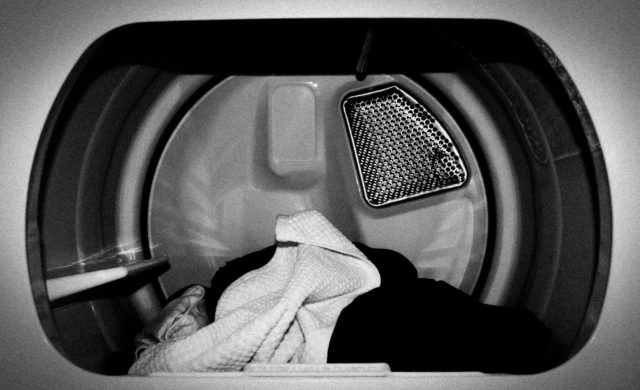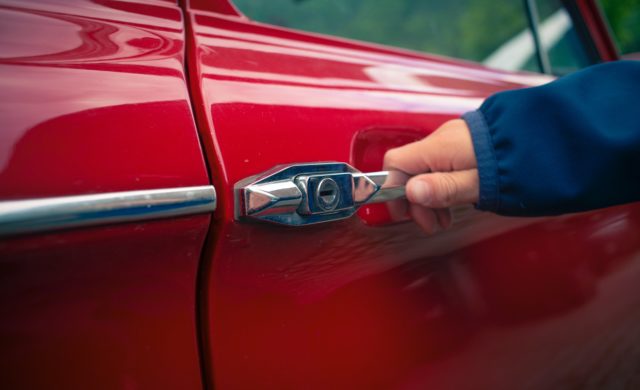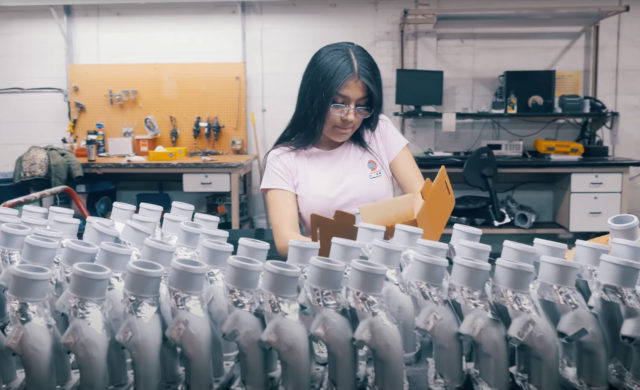Probably one of the most overlooked, or misunderstood, aspects of applying coating via a rack-spray method is the importance of fixture design.
In the shortest explanation possible: you can’t just hang a part on a hook and throw coating at it. There are many fixture related contributions that help ensure a component has an adequate, consistent, and high quality film build on the entire part.
Limiting the Faraday cage effect
Because DECC utilizes an electrostatic spray process, we constantly battle the Faraday cage effect. The Faraday cage effect is the repulsion of charged coating particles from recessed and concave areas of a component, preventing the penetration of the coating into said area. There are a couple of design features with our fixture DECC considers to help limit this.
- Part Spacing – one method of battling the above is to send more coating at the part in an attempt to force it into recessed areas. However, because of the Faraday cage effect, the coating tends to build and be attracted to leading edges (the areas of the part closest to the spray). To make sure we do not over-coat a part as a result, we need to ensure the parts on the fixture are spaced close enough to “rob” coating from each other’s leading edges, but not too close as to “rob” too much.
- Orientation – not only is spacing important, but part orientation is critical as well. You want to present a part to the spray guns in a way that limits it from “masking itself.” You can see in the below picture the same part hung two ways. The loop at the end of the bracket was masking not only itself directly on the back side of the loop, but on the body of the bracket as well. Orientated slightly different, shown on the left, allowed more coverage on the back side of the loop and the body of the bracket. In addition, DECC has two FANUC robots on the back end of our electrostatic line for touch-up purposes that utilize HVLP guns – the orientation on the left presented better spray angles for robotic touch-up, as well.

Brackets with corrosion resistant coating on a fixture
Part Quantity per Fixture
This somewhat goes hand in hand with part spacing, but part quantity per fixture is important for pricing reasons as well. The more parts on a fixture, the more parts we can process at a time. But the quantity of parts on a fixture is extremely important when determining coating costs. Whether there are 12 parts on a fixture or 150, we spray roughly the same average amount of coating per fixture during processing. Because of this, it can make a big difference in pricing for our customers if we can get a few more parts on a fixture without compromising quality.
Hook Design
Again, hook design is not only important for part orientation but other reasons as well. Proper hook design is essential in eliminating shadowing during the coating process. If the way a part hangs due to gravity is not taken into account, an improper hook may cause coating void (or shadow) as it can mask the part from receiving coating. Also, every part that is rack sprayed will have a hook mark, regardless of who sprays it. But a well-designed hook can vastly diminish it. Lastly, ease of racking and un-racking a part on a fixture is key for labor efficiency and hook design is an important contributor to this.
Masking Requirements
Sometimes a part requires coating in some areas and not on others, such as on the face of a decorative automotive window bolt but not on the threads. A well-designed fixture can incorporate masking requirements into it and eliminate the need for hand-masking parts with tape or plugs. This is especially important for competitive pricing on high-volume jobs.
Are you experiencing quality issues with a component that requires rack-spray processing?
Contact Us
If so, it very well may be the design of the fixture. Contact us today to see if we can help.
Contact UsRelated Articles

Reduce Plastic Sticking with Dryer Panel Coatings
DECC SOLVES PROBLEM OF PLASTIC STICKING TO DRYER PANELS

Coatings for a Quiet Ride
As cars have gotten quieter and quieter over the years, auto makers have...

Dip Spin vs. Rack Spray – Why Not Both?
When it comes to the application of liquid-based functional coatings, there are two...

